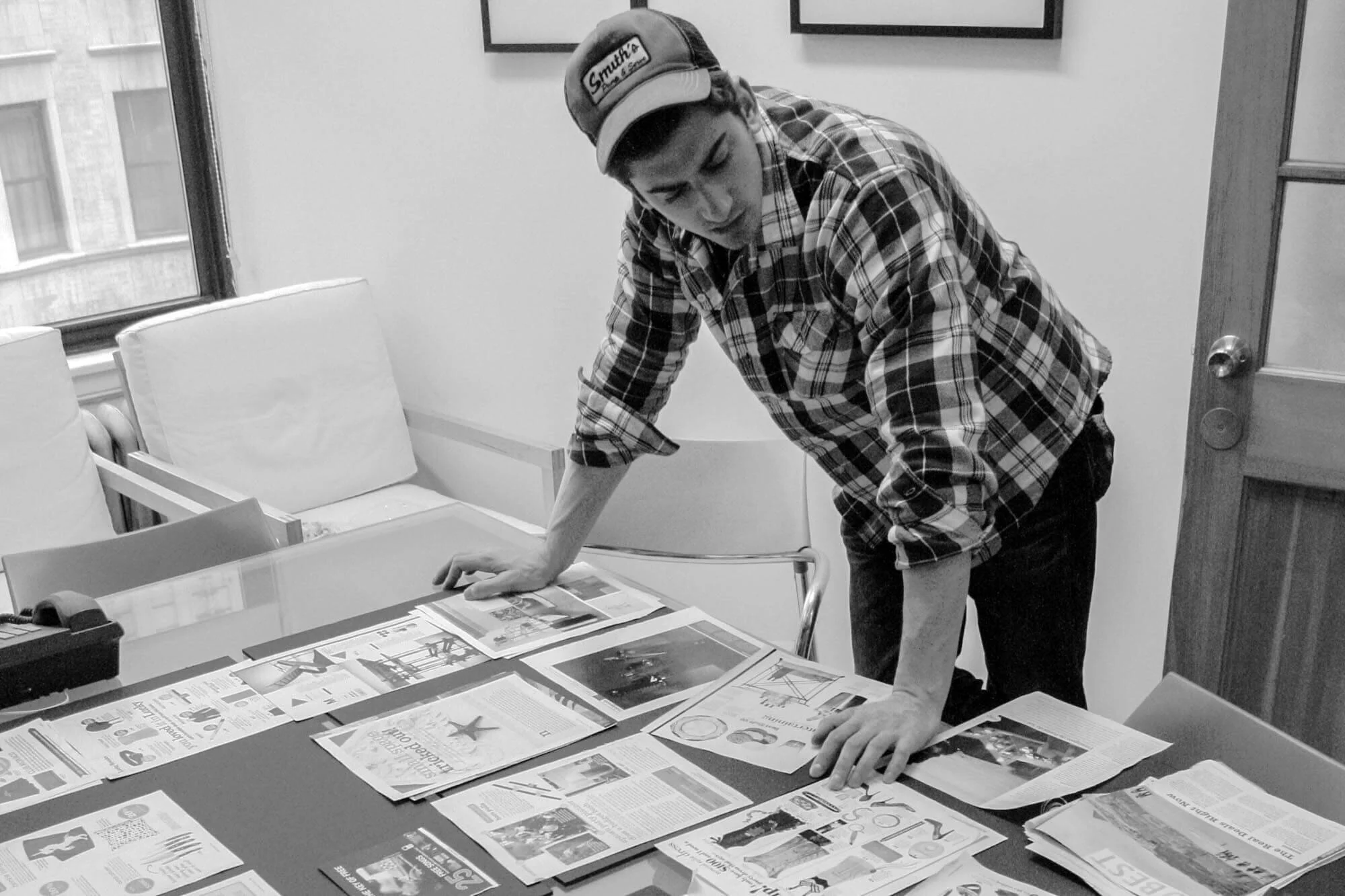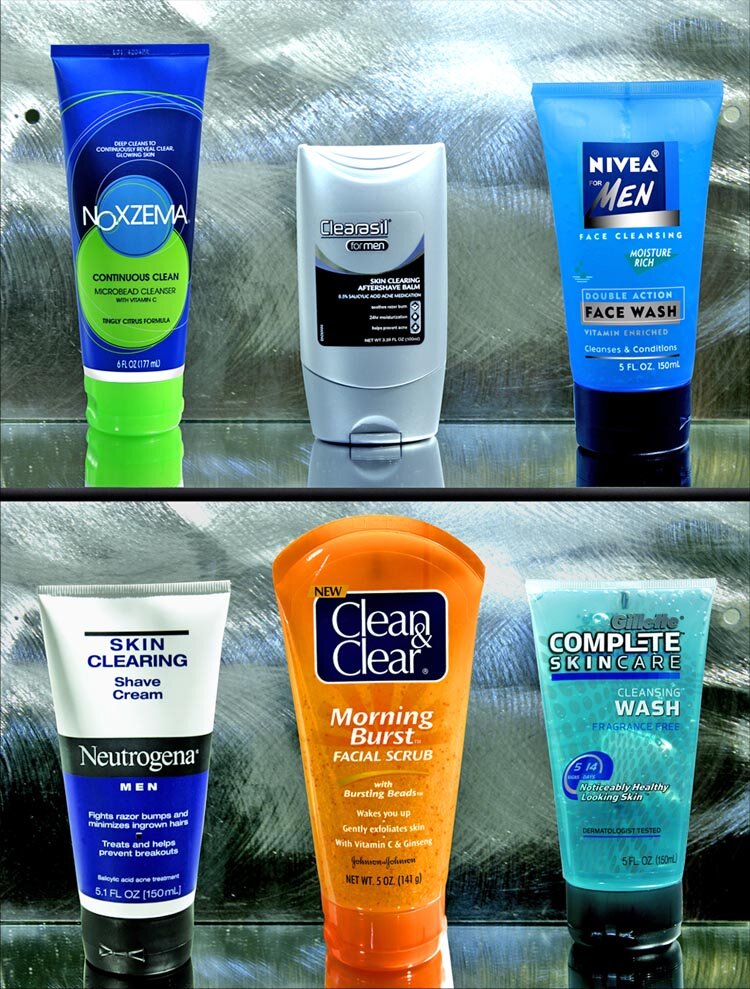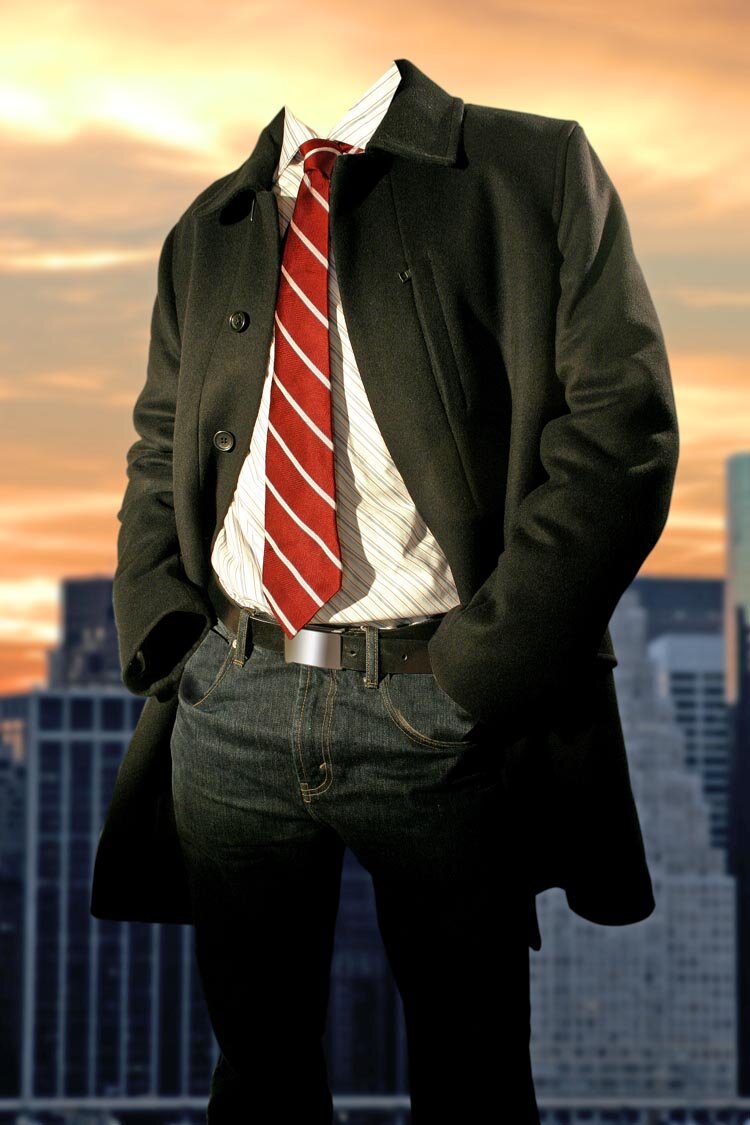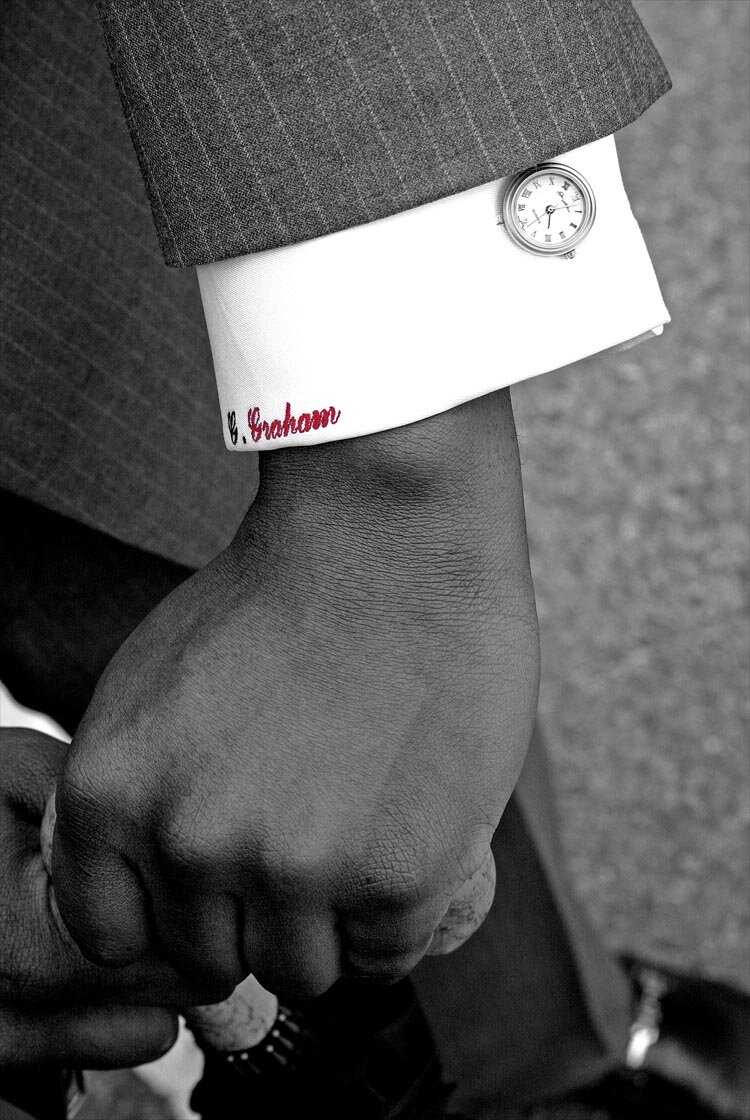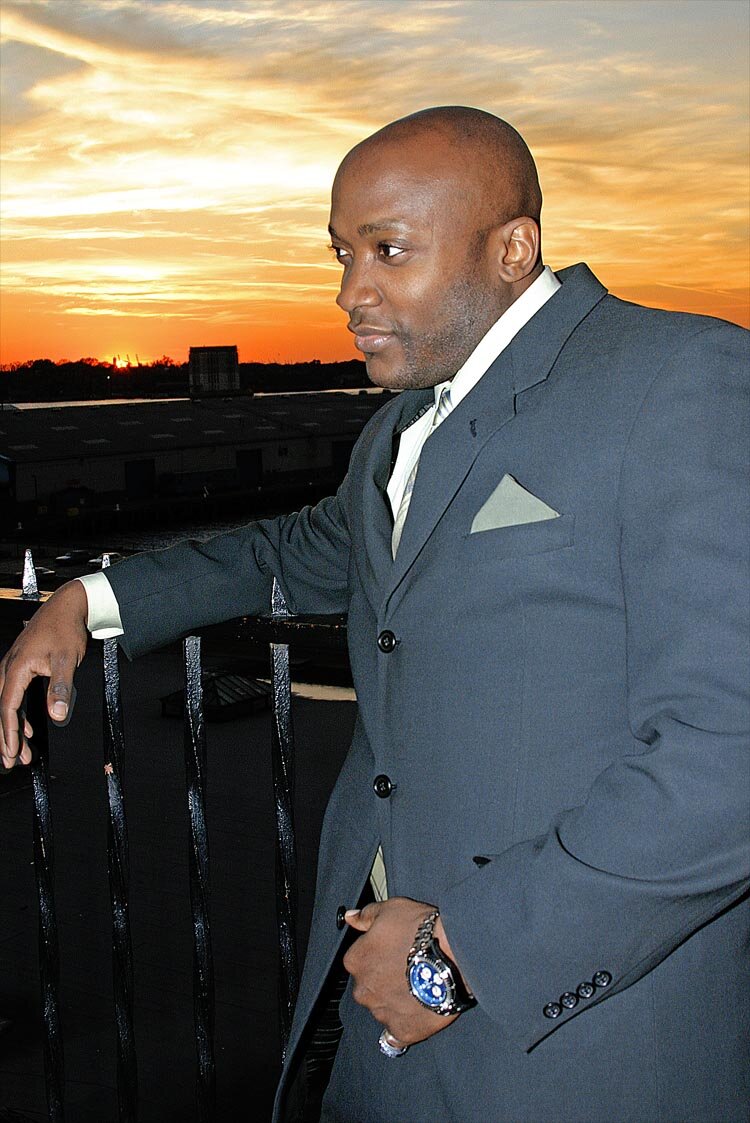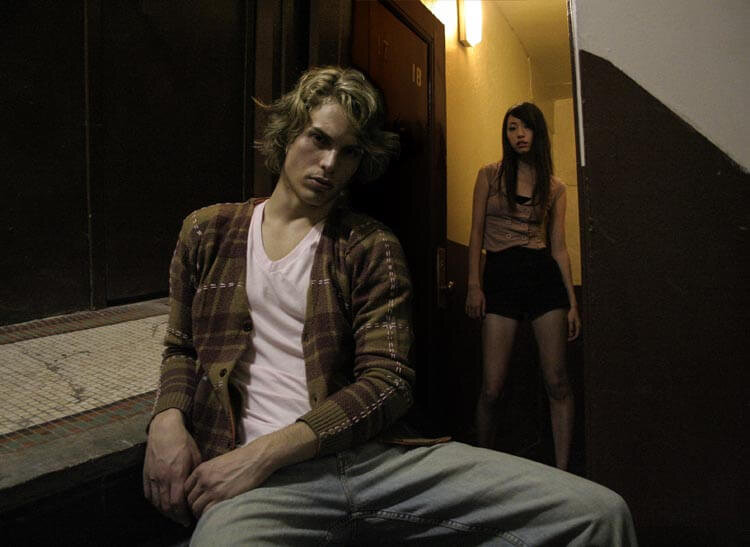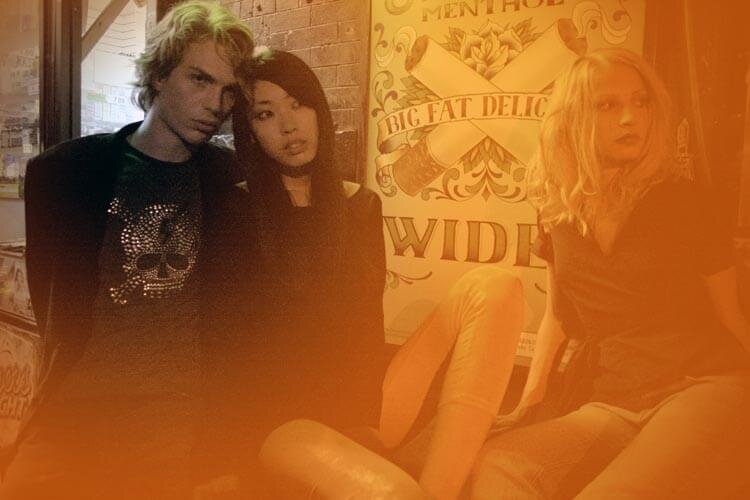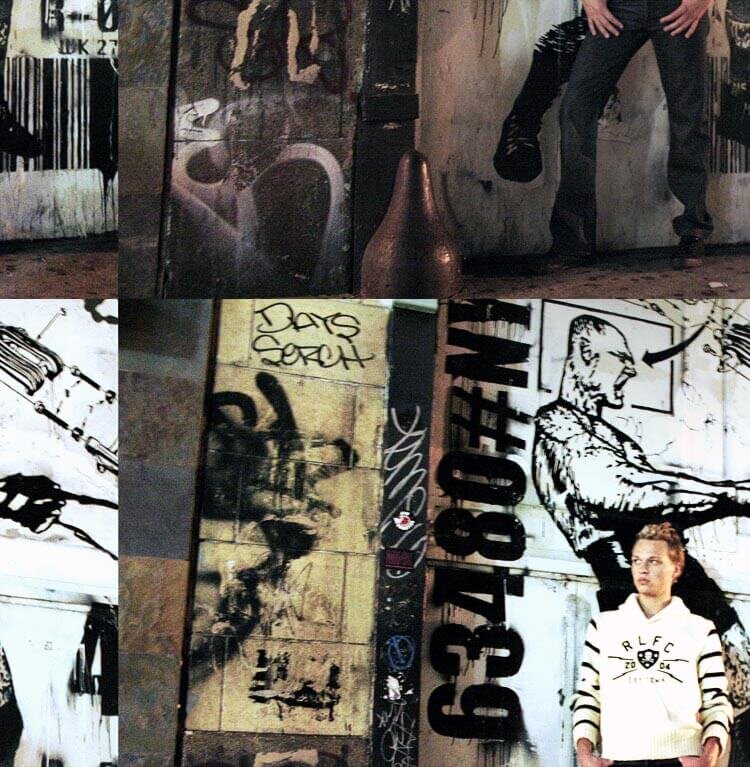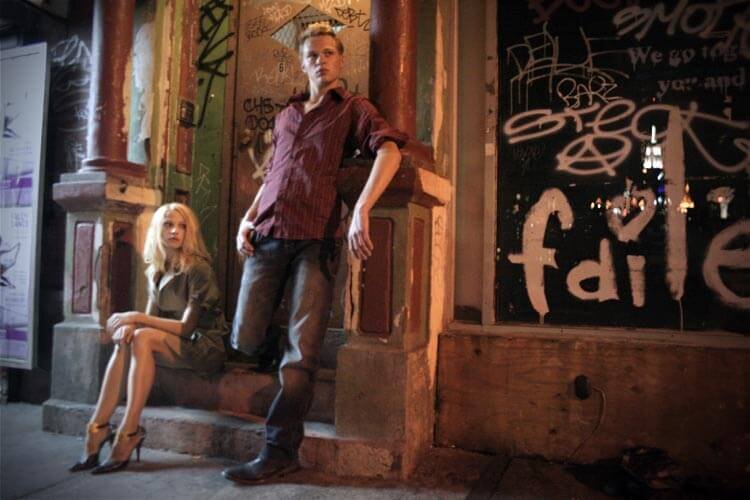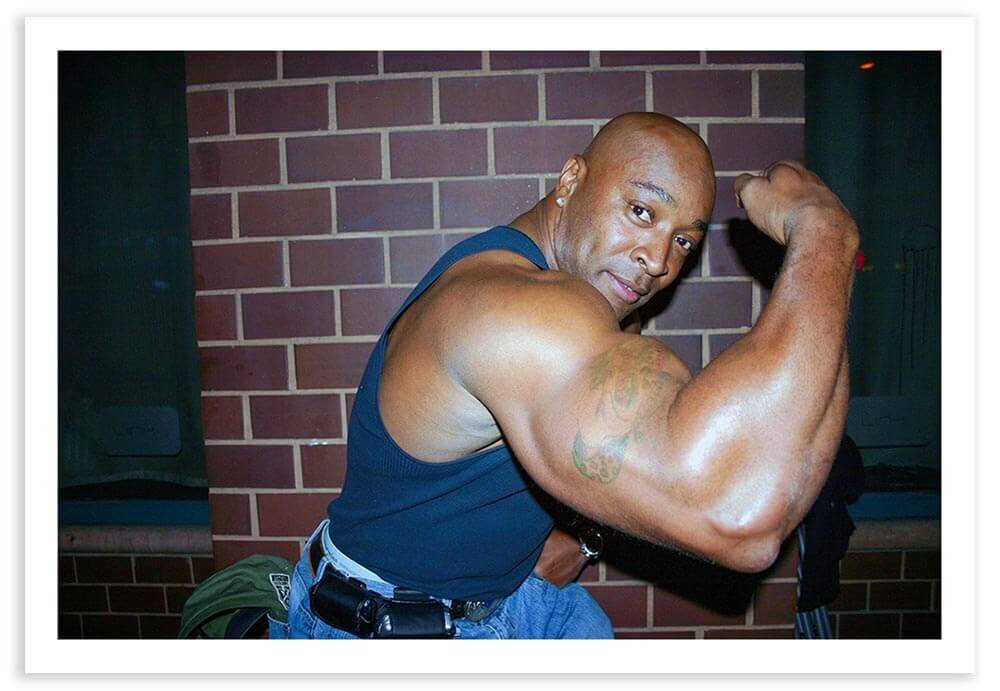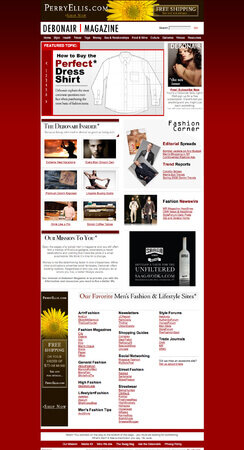I cannot talk about Debonair Magazine without talking about Eddie Hertzman first.
Eddie was a teenager when we met at NYU, but he acted like he was the head of a publishing empire. (Later, he would be.) His studio apartment was littered with magazine pages from GQ, Details and everything else that a young guy might read before the Internet devoured print media.
I have a small magazine collection, but no issue is more sentimental to me than Debonair’s print edition.
Eddie had a vision and a tagline: "Executive Class, Mailroom Budget." His plan was to take the absurdly-expensive outfits, restaurants and travel destinations that men's magazines wrote about, then find reasonable equivalents that anyone could afford.
And so was born the idea for Eddie's baby, Debonair Magazine. Years later, I found myself serving as a co-parent of that baby.
The First Issue
I was earning $400 a week as a graphic designer and struggling to keep my head above water when Eddie called me. He was was working on a prototype of Debonair with a classmate (Ben Kneen).
Eddie had hired models and a professional photographer for the cover shoot, however, he also needed some products photographed and he couldn’t afford to hire a pro whenever he needed pictures taken. I agreed when he asked me if I would shoot the photos as a favor.
After packing a few rolls of Fuji Superia and Kodak Ultra Color, I found myself traveling to the financial district to photograph cocktails, then to Tribeca to photograph furniture. The shots came out well and I was proud of my work, but I told Eddie that I couldn't afford to buy any more film. Shortly thereafter, Eddie bought me a digital camera and I felt like a kid on Christmas Day.
I photographed cosmetics, I photographed clothing, I even photographed my first fashion spread.
Soon, I was retouching those photos, writing articles and laying out the magazine in Photoshop. In short order, I had become the creative director of Debonair Magazine. Then, reality set back in.
Our Big Break
Two years passed. I was still designing video game artwork. Eddie, having graduated NYU, now held a marketing job at an apparel company. When his company needed a photographer, designer, or retoucher, Eddie would make sure that I got the job. I was building a half-decent portfolio, but little did I know that Eddie was building a showcase of our capabilities. Finally, our moment had arrived.
Our cab ride home was a mixture of excitement, fear and disbelief. Debonair was no longer a dream, it was reality.
Eddie found himself chatting with the right guy at the MAGIC fashion tradeshow in Las Vegas. He had found a potential backer for Debonair Magazine and we had a meeting to discuss how two recent grads could run an entire magazine without a full-time staff. Our angel- investor to-be told us that a print magazine was a waste of his time, but that a men’s lifestyle website interested him greatly.
I was literally jumping for joy when we moved into our midtown office, complete with a ceiling-mounted strobe light system. Photographer: Eddie Hertzman
We prepared a presentation that demonstrated our online savvy and pitched him a second time at his Park Ave. apartment, walking out with a $5,000 check as a symbol of good faith. We had raised six figures of seed capital and our company was to be valued at $250,000.
Debonair was always Eddie’s baby, and until this point, I still felt like a hired hand. I was shocked when he told me that I was to be a full partner with equal equity. He said to me: “I’d rather have a smaller percentage of something than a bigger percentage of nothing.” Wise words for a barely-22 year old.
The Golden Years
Before the Great Recession hit hard, and before Eddie and I struggled to overcome our differences, we put together some special content and partnerships. I’m particularly proud of our work from late 2006 to early 2008. Debonair was syndicated in Men’s Fitness, FHM, the NY Daily News and on Bravo TV. Thanks to our amazing network of contributors and collaborators, we had some legitimate editorial hits:
Luxuries Exposed
When the FDA temporarily suspended Japanese beef imports after a “made cow disease” scare, Kobe beef was nearly impossible to find in the U.S. That didn’t stop many restaurants from pretending they had it, however.
“Luxuries Exposed” was a recurring feature that exposed ripoffs and pitfalls in the world of luxury goods. For example, Gail Secular, owner of high end bedding boutique Archipelago, explained to us why high thread-count sheets are hotter, but not better.
Joe Campanale revealed that many high-end restaurants were charging Kobe beef prices for American Wagyu. (This was a true scandal that earned Debonair coverage in the mainstream press.) Restauranteur Donatella Arpaia explained that restaurant service is at its best on Tuesday, Wednesday and Thursday nights.
Bulleted Wisdom
Debonair’s style guide prohibited articles from exceeding 1,000 words; it also required that writers provide our readers with actionable bullet points. Here are some examples of that bulleted wisdom:
“Although you can fly into Key West, it’s usually cheaper to fly to Miami or Ft. Lauderdale and rent a car to drive down Route 1. Apart from the cost savings, you’ll get a chance to take in three hours worth of amazing subtropical scenery on your way to the southernmost point in the contiguous United States.” — Philip McCluskey
“Beginning on December 26th, the average retailer will mark down suits by 25% or better. If you buy a heavily discounted suit, use an off-premise tailor. Retailers will often recoup discounts via tailoring premiums.” — Kionna Coleman
"If you are having trouble falling asleep and or staying asleep, there is likely an underlying issue of coping, stress management, or a mood issue that needs to be addressed. Don’t ignore this. Continually disrupted sleep can result in disorders from cognitive dysfunction to erectile dysfunction." — Steven Lamm, MD
Affordable Fashion
The fashion spread above was photographed by a Lebanese photographer named Walid Ghanem. It was the first time in my career that I had directed another photographer and I was thrilled with the results. Debonair Mag had a digital workflow from day one, but my roots were in 35mm film, so I wanted a concept that explored things like double exposure, light bleed and mis-registered slides.
The clothing (mostly from H&M and Zara) was selected by Eddie and styled by Maggie Wertz.
Catriona MacKechnie
Catriona MacKechnie, a curator and purveyor of designer lingerie, gave our readers professional advice on matching undergarments to female body types. The article was originally conceived as a buying guide for boyfriends and husbands, but it found an audience amongst women themselves.
Donwan Harrell
Donwan Harrell, founder and creative director of luxury-denim line Prps, gave us the rundown on why his Japanese-made denim cost $500. Then, he was kind enough to give our readers advice for replicating the look on a budget: “Buy a pair of Levi’s rinsed jeans for $39.99 and put some sandpaper to them in the areas that become naturally distressed, such as pocket bags and around your wallet. Crinkle up the back knee and spray on a coat of starch to stiffen the wrinkles, then take some sandpaper to that as well.” Donwan was one of the most down-to-earth people I’ve ever met.
Jim Kuhner
Jim Kuhner, founder and general manager of Vestry Wines, helped our readers find great wines for less than $20 a bottle, from Pinot Noir to Alsatian rieslings. He also suggested food pairings.
Bounce a Question Off Paul
Paul, our resident bouncer, gave practical tips for how to get into New York City’s hottest clubs. It’s funny to look back at the NY nightlife scene because it was so fleeting. Here today, gone tomorrow.
John Liguori
John Liguori walked us through Thomas Pink’s custom dress shirt experience, explaining to our readers the differences between the various cuts, cuffs and collars. Afterward, he suggested affordable off-the-shelf dress shirt alternatives from brands like Charles Tyrwhitt, then gave us tie pairing tips.
Ethan R. Kelley
Ethan R. Kelley, spirits sommelier at The Brandy Library, gave us a tour of his “stacks,” then told our readers how to build a home bar on any budget. His picks included Smirnoff vodka, Beefeater gin, Montecristo rum, Courvousier cognac, and The Famous Grouse blended scotch.
Interestingly, all of Ethan’s picks for inexpensive single-malt scotch (Tomintoul 16, Highland Park 18 and Talisker 10) have increased dramatically in price since we interviewed him more than a decade ago.
(This interview inspired me to come up with my own list of budget spirits. It’s still a work in progress, but I’ve already published a list of the best bourbons for the money. Tequila is next.)
A Costly Mistake
Debonair was a good looking website, but we paid dearly to realize our vision.
Our first major decision as founders turned out to be a costly mistake. We hired a web design company to build our website as well as the content management system (CMS) to power it. The site looked great, but we spent $30K on developing it, and we could have achieved something similar by using open-source software like Wordpress or Joomla. (To be fair, blogs weren’t big yet.)
But, the real mistake was getting into bed with a company that couldn’t scale with our needs. Our site crashed whenever a bigger site linked to one of our stories, and because our host had us locked in, they offered us a dedicated server at a cost that was 900% above market rates. This company had originally pitched itself as a partner, but it proved to be a parasite that we couldn’t separate from.
Foundering Together
Nightlife wasn’t the life for me. Above: A photo from Complex Magazine’s hotel room party in Las Vegas.
Debonair’s troubles ran deeper than having a greedy technology partner. Our primary investor wanted us to rub elbows with the publishing elite and to spend our money hosting parties. He was looking for a business with sex appeal so that we could seduce a second round of investors, giving him an out.
Meanwhile, I just wanted to write, edit, photograph, design and publish. I didn’t want any more investors or outside opinions, I wanted to run a profitable business. Whenever I pretended to be some kind of publishing mogul, I felt like I was abandoning myself. I resented the “it crowds” that I forced myself to spend time with and I found myself growing increasingly frustrated when asked to participate in self-promotion and extracurricular business activities.
Eddie was caught in the crossfire, and on top of that, his vision for Debonair was different still. We found ourselves in a bad plural marriage that resulted in fights, sleepless nights and general unease.
For my part, I took on too much responsibility, failed to set proper boundaries (there was a time when I was working 115 hours a week) and then I let my resentments build up into explosive anger.
Who Knows What Is Good and What Is Bad?
One day, I published a slideshow of “The Most Controversial Ads in Fashion History.” (I was always looking for ways to feature high-end imagery on the website without having to pay for it; fair-use copyright doctrine was my favorite tactic.) It was a viral smash that drove 1,000,000 pageviews.
Ironically, the most successful article in Debonair’s history was also the most damaging.
This article was a viral sensation, but it was outside of Debonair’s mission, and it did more harm than good.
Getting a year’s worth of traffic in a few days was seductive. I tried to recreate my “success” often, and in doing so, I over-sexualized the publication. Worse yet, I was able to justify my shift in editorial direction by pointing to analytical data that demonstrated that sex content was the most engaging content.
When the financial crisis hit hard in 2008, those lowbrow pageviews were a lot less valuable. In fact, our advertisers stopped paying us altogether because everyone was stretched thin. We couldn’t get a loan and our investor was loathe to sink more money into an albatross of a project.
I was broke, so I forfeited my shares in the company and I took an entry-level job doing search engine optimization for a large publisher. Eddie managed to keep Debonair chuffing along for a while, but when it was time to wind things down, it was a burden that he shouldered alone.
Eddie and I drifted apart in the years that followed, but when we reconnected, it was clear that Debonair had contributed something meaningful to our lives. I wouldn’t have met my wife-to-be had it not been for Eddie inviting me to a Tribeca lounge one night. And I certainly couldn’t have afforded to court her (or anyone) if I didn’t have an arsenal of budget date ideas in my back pocket.
Meanwhile, Eddie got right back on the publishing horse when he started Sourcing Journal from the ashes of Debonair. This time, he remained laser-focused on his vision, and it delivered him to precisely where that teenage boy had once imagined: The C-Suite of the fashion media industry.
For a project that caused us much headache and heartache along the way, it was a happy ending.
